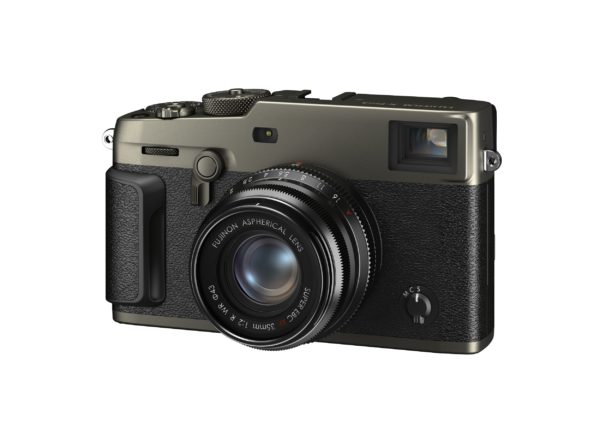
One reason why Fujifilm has clinched and held onto a piece of the mirrorless market from the likes of Nikon, Canon and Sony is its ability to provide a camera that reminds us of the way we used a film camera.
Years ago, Fujifilm started the trend of using control mechanics of old cameras with the first X100, which is still my go-to street camera even now. The company’s latest camera, the X-Pro 3, has continued the same design philosophy.
On it, the ISO, shutter speed and exposure compensation are housed on the top plate of the camera for quick and easy access. The aperture control is via the aperture control ring on the lens.
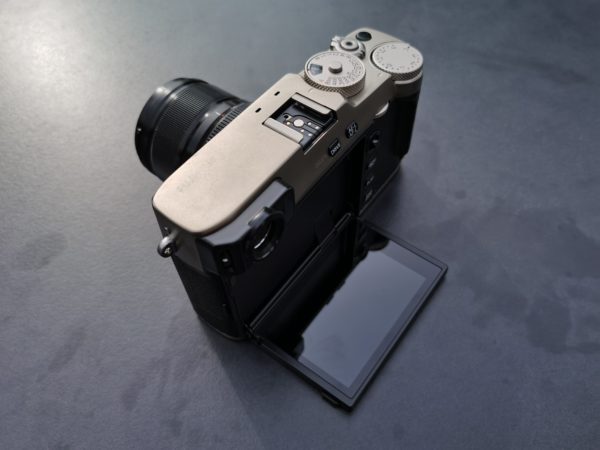
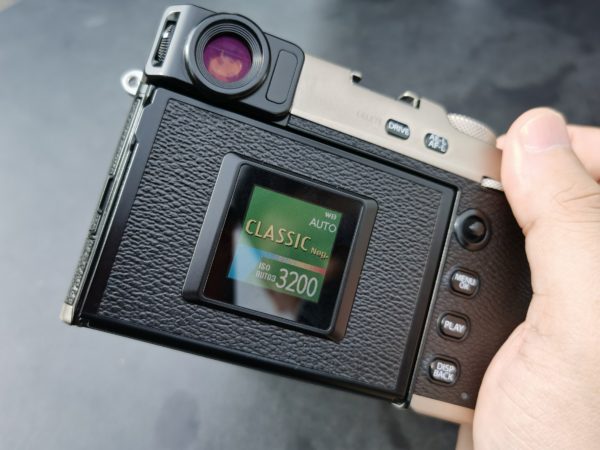
In the X-Pro3, Fujifilm has taken a step further to mimic a film camera. The new shooter has an LCD panel that folds away so that the photographer is not tempted to check out his photo after a shot is taken.
It even has a small secondary screen that not only shows the settings of the camera, but also simulates a roll of film you would have been using in an old camera.
It looks like the cover of the film box that you used to tear and slot behind the film camera. Nostalgia? Okay. It is a nice touch that reminds me of my Nikon FM film camera!
Fujifilm has also introduced a new film simulation mode called Classic Negative that gives a muted, warm and yet contrasty tone to the image.
During my quick tests during a Singapore launch last week, I am reminded of the old 80s look that Instagrammers love but the images are more natural and pleasing. Easily one of my favourite simulation modes, along with ‘Astia’ for my portraiture and street photography.
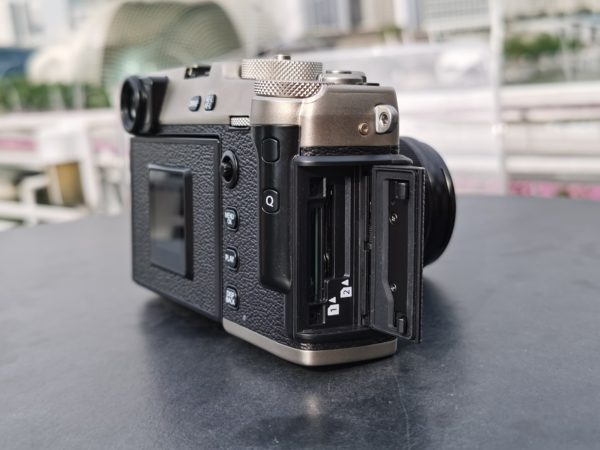
Despite the old-school look, the rest of the camera is anything but. The camera is made of titanium with a Duratect coating that promises to be scratch resistant. It feels good to the touch.
The 3.69 million-dot electronic viewfinder now shows 97 per cent of sRGB colour to give a user a better idea of how the image will turn out post-capture.
The new camera now houses the latest 26-megapixel X-Trans IV sensor with a lower ISO setting of 160 for better control of ISO noise in bright conditions.
Its electronic shutter can now capture 20 frames per second or 11 fps with the mechanical shutter, faster than the X-Pro2’s maximum 8fps. This camera is not designed for sports photography but a higher fps does give me the option to capture action for my street photography.
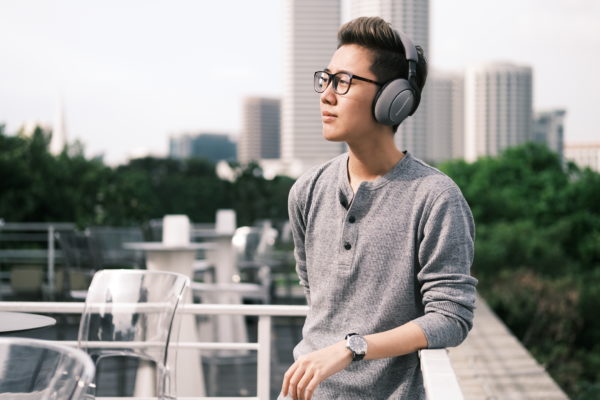
It can also do a bit of videography with 4K resolution at 29.97p for 15 minutes and the battery now can last 370 frames, which is more than X-Pro2’s 280 frames. The autofocus system has improved and can focus in darker environments from as low as EV -6.
For those who like to experiment, the X-Pro3 allows 9-shot multiple exposures on a single frame so you can superimpose different elements in your shot.

At $2,999, the X-Pro3 certainly does not come cheap with the Duratect coating. You can get the slightly cheaper version without the special coating at $2,699.
What the new camera offers is the unique ability to experience film photography with the conveniences of digital photography, just like the Leica M Edition 60 or M-D, but at a much cheaper price.
There’s still a rear screen but if you’re a purist, you can easily use the masking tape to cover it to force yourself to focus on the shoot rather than chimping, or checking your shots all the time.
The question is whether this will sell. Will younger photographers who grew up with digital photography appreciate this throwback to an older era?
Personally, I love the new camera because it reminds me of my photography journey, but I feel that the Fujifilm X-Pro3 is firmly a niche camera that only photographers with past experiences with film photography will truly enjoy.






